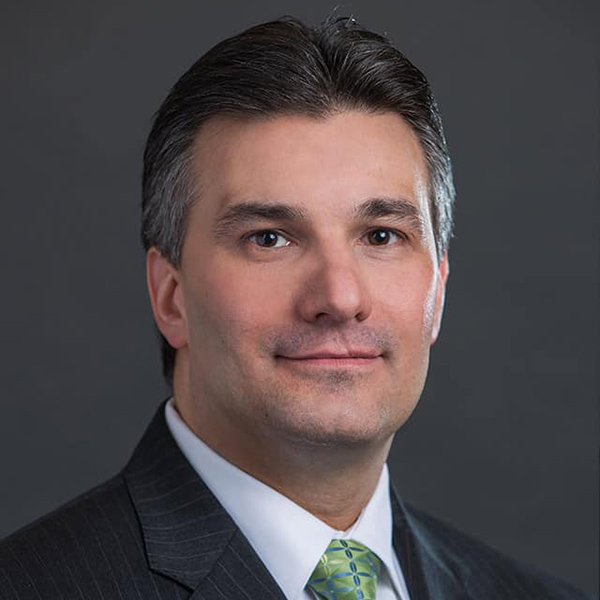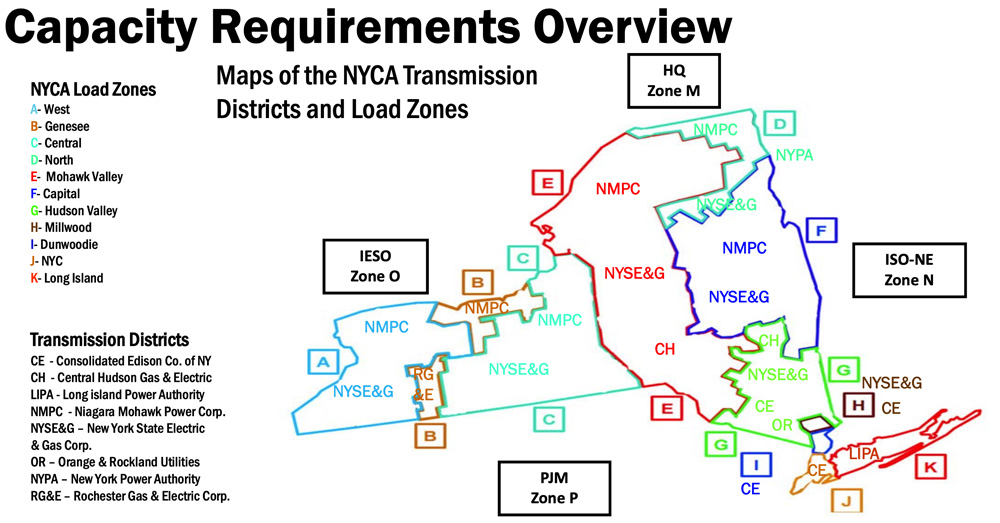PPL’s (NYSE:PPL) stock price took a sharp hit Friday as the company announced during its fourth-quarter earnings call that it was cutting dividends in half and missed earnings and revenue targets.
The company announced it will reduce its quarterly common stock dividend to 20 cents/share from $41.5 cents last quarter. PPL’s stock price dropped 7.25% in trading, finishing the day at $26.10.
CEO Vincent Sorgi said PPL’s year was marked by a “strategic repositioning” of the company, including the sale of its U.K. utility business Western Power Distribution for 7.8 billion pounds ($10.7 billion) to National Grid and the purchase of the London-based company’s Rhode Island utility, Narragansett Electric, for $3.8 billion. (See PPL to Sell UK Business, Acquire Narragansett Electric.)
“2021 was very much a transition year for PPL,” Sorgi said. “It was about reimagining PPL and laying a firm foundation for the company’s future growth and success, and I believe we achieved just that.”
Narragansett Purchase
Sorgi said PPL anticipates receiving a final order from the Rhode Island Division of Public Utilities and Carriers regarding the Narragansett acquisition by March. PPL received FERC approval for the purchase in September, but the utility needs final approval from the PUC for the deal to go through. (See FERC Approves PPL Acquisition of Narragansett.)
Sorgi highlighted PPL’s utility experience, customer satisfaction and innovation as reasons the company is confident it will ultimately win regulatory approval for Narragansett’s acquisition. He said PPL has been a “clear leader” in the development and deployment of the kind of smart grid technology Rhode Island will need in achieving its decarbonization goals.
“We think we’ve met the standard for approval in the state, and we are looking forward to the decision coming out from the division,” Sorgi said. “We are all very focused on getting this deal over the goal line and bringing real value to our line.”
Infrastructure and Storm Damage
Sorgi also highlighted PPL’s response to significant storm damage in its service area, including a major December tornado outbreak in Kentucky and the remnants of Hurricane Ida in Pennsylvania in September.
 Vince Sorgi, PPL CEO | PPL
Vince Sorgi, PPL CEO | PPLMore than 500 transmission and distribution poles were destroyed from the storms in Kentucky, Sorgi said, but PPL restored power to most of its customers within 48 hours. Crews were also able to restore power in Pennsylvania despite historic flooding from the hurricane, Sorgi said, and PPL was recognized with an Edison Electric Institute Emergency Response Award for its restoration performance.
“When severe weather struck either in Pennsylvania or Kentucky, we responded quickly and effectively,” Sorgi said. “This performance is the result of the investments we have made in our grid and our dedicated employees who pride themselves on delivering the superior level of service each day.”
CFO Joe Bergstein said the capital investments made in the states last year aided in the support of grid modernization, resilience and reliability. In Pennsylvania, the company focused on distribution reliability and advancing IT systems, while transmission investments included smart relays, equipment monitoring and automation. Kentucky investments were primarily related to replacing aging transmission infrastructure, resulting in a total rate-base growth of about 6% in the state even as rates related to coal-fired generation facilities fell.
Operating Results
Friday’s lowered dividend payment was based on projected earnings per share from PPL’s existing business operations in Pennsylvania and Kentucky and the company’s targeted payout ratio of 60 to 65%. Because earnings from the former U.K. operation are now excluded, using the targeted payout ratio, the dividend was reduced.
The fourth-quarter earnings included special expenses of $29 million linked to the Narragansett acquisition and the sale of its U.K. utility.
The company reported a 2021 net loss of $1.48 billion (‑$1.93/share), compared with $1.47 billion ($1.91/share) in 2020. The earnings losses included special-item after-tax expenses of $2.29 billion ($2.98 per share) attributed to the discontinued U.K. operations, a U.K. tax rate change and a loss on the “early extinguishment” of debt.
However, earnings from ongoing operations in 2021, which excludes special items, was $806 million ($1.05/share), compared to $774 million ($1/share) in 2020. The company reported quarterly earnings of $134 million ($0.18/share), compared with $290 million ($0.38/share) in the fourth quarter of 2020.
PPL reduced its debt position by $3.5 billion, and it completed $1 billion in stock repurchases. Bergstein said the debt reduction was “one of the key financial highlights for 2021,” with a significant amount of the sale of WPD proceeds going to “strengthen PPL’s balance sheet.”
“We had a unique opportunity to establish one of the leading credit profiles in the sector, an attribute we see is increasingly important with the growing capital needs to fund the clean energy transition and now amid the backdrop of rising interest rates,” Bergstein said.


